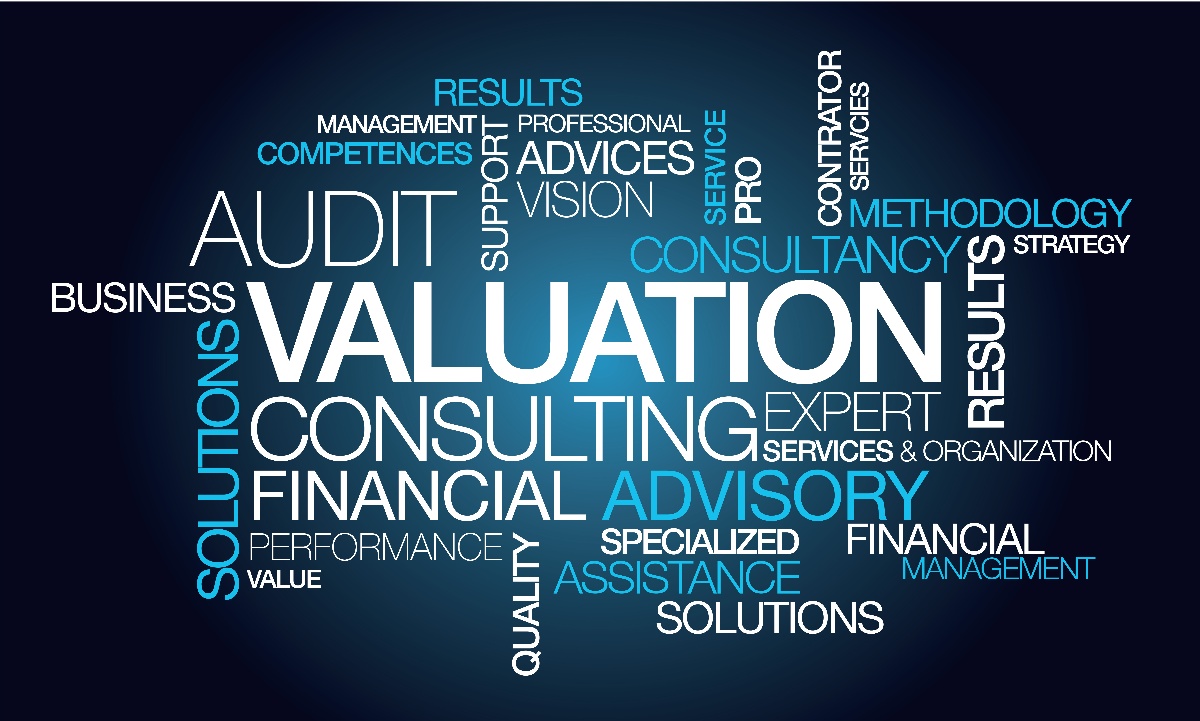Understanding Dental Practice Valuations
Let’s just start this blog off by stating a fact: there are few subjects more confusing, more
riddled with misconceptions, and with more differences of opinion than that of dental practice
valuation. Even formal appraisal reports offer a standard disclaimer noting that there is not a
single standard methodology used when valuing a dental practice.
So, it’s our goal to try to get rid of some of the mystery, make it simpler, and set the record
straight, at least from a general point of view. (If you’re looking for more in-depth information,
contact us directly.) The LenDRgroup Consulting team will offer some helpful facts to enable
you to better understand dental practice valuation.
The Health of Your Practice
No matter what your business plan may entail, it’s always wise as a dental practitioner to have
a firm grasp regarding the health of your dental practice. Dental practice valuations are used
when buying or selling a dental practice, hiring dental associates, navigating a merger, taking on
a partner, entering into litigation, securing a Letter of Instruction, as well as in personal estate
planning.
While it is oftentimes believed that you can determine a dental practice’s valuation by taking
70% of your last three years’ collections, or 1.5 times your net income, at the end of the day,
more goes into establishing a valuation.
Some factors used in determining the value of a dental practice include:
- The practice’s location, visibility, and surrounding population
- The type of dentistry performed, revenue sources, and active patient base
- Growth potential
- Patient attraction and retention rates
- Reason for the sale of the practice
- Projected patient and revenue retention post-sale
- Condition and age of dental equipment as well as level of technological advancement
- Office décor and condition
- Long-term trends of the practice’s revenue and profit margin
Note that the price established will not include the practice’s account receivables, cash on
hand, contents of bank or cash accounts, the practice owner’s personal assets, marketable
securities, or real estate or vehicles, if applicable.
What is Needed for a Dental Practice Appraisal
Certain information will be collected to appraise a dental practice, including:
- Three years of P&L's
- Three years of tax returns
- Current balance sheet
- Production broken down by provider and procedure type
- Total active patients
- New patients per month for the past year
- Accounts receivable aging report
- Copy of current lease (if applicable)
- Employee roster with hire dates, hourly wages, and benefits structure
- Bio of selling dentist
- Physical observation of office with equipment description and pictures
- Insurance information
- Office hours
Nonfinancial Factors Impacting Valuation
Additionally, there are many nonfinancial factors that can impact dental practice valuation. For
instance, per the information we have described thus far, a determination will also be made
based on the assumption that the practice can continue to achieve past results. Therefore,
location, patient demographics, insurance vs. fee-for-service practice, staffing models, quality,
and practice lifecycle will be scrutinized.
All of that said, it is important to have a trusted advisor who can aid in this process and serve as
your advocate. If you have questions regarding the dental practice valuation process, the team at LenDRgroup Consulting would love to be your partner. Reach out to us today and schedule a consultation. We welcome the opportunity to help you fully understand how a valuation for your dental practice would be formulated.



